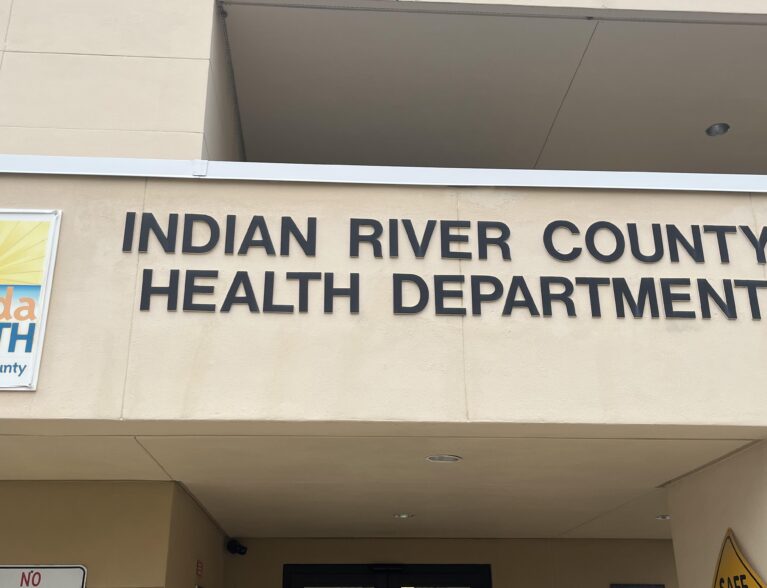
INDIAN RIVER COUNTY — Health experts want visitors at Blue Cypress Lake to use caution after traces of a blue-green algae toxic bloom were found in a water sample taken last week. The algae, a bacterium that is common in Florida’s freshwaters, produces toxins that can be harmful to humans, pets and ecosystems with fish and other aquatic animals.
The Florida Department of Environmental Protection collected the water sample on May 15 at the 10-square mile lake located in the western part of Indian River County. State officials inspected the results at the environmental agency’s laboratory, according to the Florida Department of Health in Indian River County.
Here are tips on how residents and visitors can stay safe:
- Do not drink, swim, wade, use personal watercrafts, or come into contact with waters where there is a visible bloom.
- Wash your skin and clothing with soap and water if you have any contact with algae, or discolored or water that smells unpleasant.
- Keep pets and livestock away from the area to avoid any contact with water. Waters where algae blooms are present are not safe for animals. Pets and livestock should use an alternative source of water when algae blooms are present.
- Do not cook or clean dishes with water contaminated by algae blooms. Boiling the water will not eliminate toxins.
- Eating fillets from healthy fish caught in freshwater lakes experiencing blooms is safe. Rinse fish fillets with tap or bottled water, throw out the guts, and cook fish thoroughly. Do not eat shellfish in waters with algae blooms.
Blue Cypress Lake is a well-traveled recreation spot, with visitors partaking in fishing, kayaking and canoeing. The lake has 130-foot-tall Cypress trees and wildlife including Ospreys, alligators, bald eagles, largemouth bass crappie, bluegill, catfish and chain pickerel.
Fishermen and boaters at Blue Cypress Lake should take note that toxic algae blooms are more frequent in the summer and fall.
A bloom happens when fast-growing algae causes a buildup of individual cells. The cells discolor the water and create floating mats that release a foul smell, health officials said.
On the water’s surface, the blue-green algae blooms can look like scum, foam or paint in different colors. Sunny days, warm water temperatures and stagnant conditions are some factors that lead to blue-green algae blooms, health officials said.
“Blue-green algae may not always be visible as a bloom, but it can still be present in the water,” health department officials said in a statement.
Those who want to report an algae bloom can use the Florida Department of Environmental Protection website or call the agency’s algal bloom reporting hotline at 855-305-3903.
For more information on Blue-green algae, visit the ProtectingFloridaTogether website.



